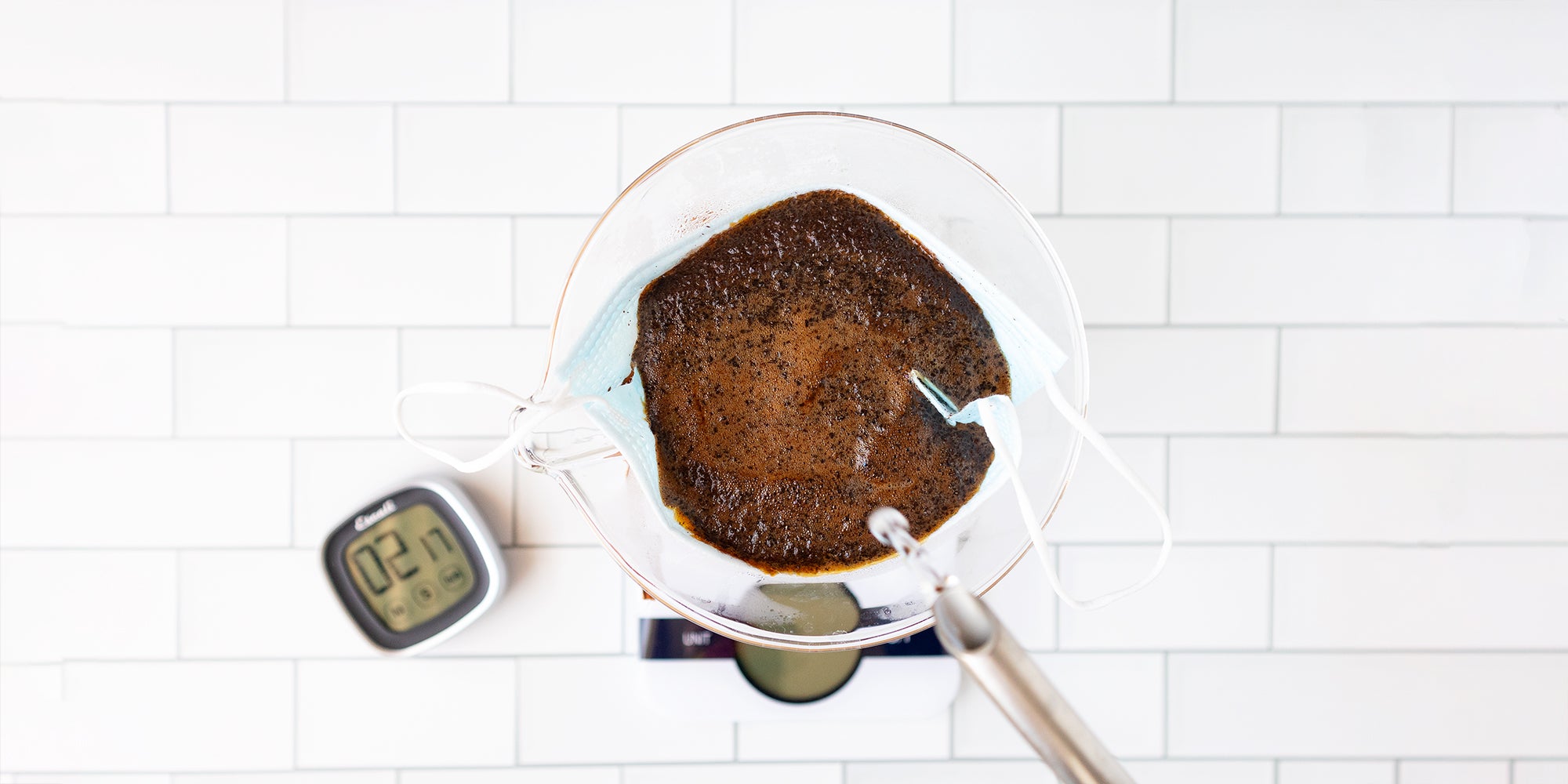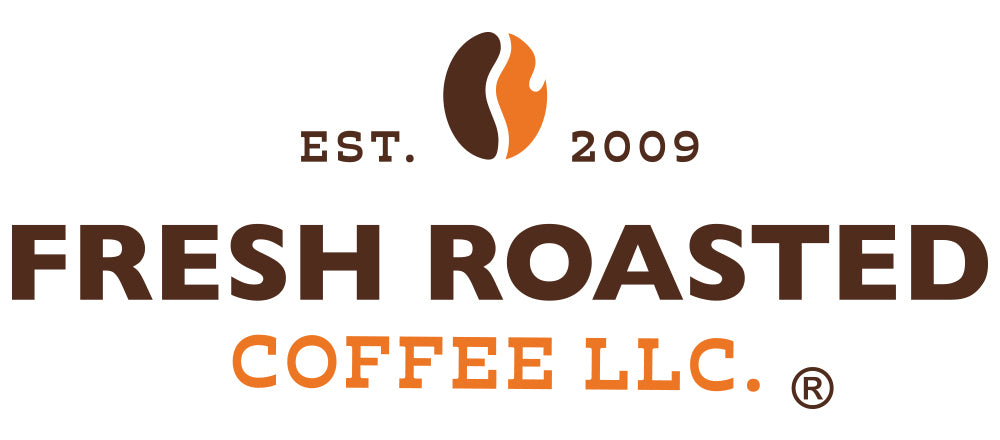How COVID Changed the Coffee Experience

The COVID-19 pandemic has clearly changed the way we do a lot of things. But while masks, social distancing, and hand sanitizing stations have changed what we once considered the norm, one thing hasn't changed.
We're all still addicted to coffee. According to Beck Flavors, "six in ten Americans still drink coffee every day," but where we enjoy our cups of psychoactive bliss has changed. Instead of balancing demitasse cups on razor-thin tables in chic cafés or standing shoulder-to-shoulder with other Coffiends (coffee fiends—if you know, you know) waiting for our order to be called, we're making our coffee at home.
What was once a hipster writing Beat poetry in a Moleskine notebook is now your cat or human child. The eclectic art that hung in your favorite coffee shop is now that dolphin painting you did at a wine-n-watercolor team-building event in 2014. Looking back, maybe you did a little more sipping than painting. But it's not like you're leaving everything you love about going out for coffee behind. The dripper your barista uses can be the dripper you use. Better brewers (and brews) aren't exclusive to baristas.
This change in coffee venue may have been tough for the first part of the pandemic, but we believe that it's given us a greater appreciation for the brew in our cup. Making coffee at home—the origin or blend selection, dosing, grinding, blooming, brewing, pouring, serving—lets us experience everything we may miss ordering from a café. Even before the pandemic, it's not like your barista ever let you hover over your pour-over as they brewed it. If you've pulled the trigger on building your home coffee setup, chances are you've noticed there's much more to the coffee ritual than placing the order and waiting to hear your name called.

The four minutes you'll spend waiting for your brew to filter through is still less time than you'll spend standing in line or idling in the drive thru. You'll be spending less and drinking much better coffee. If you like math, the equation looks like this: better coffee (time saved x money saved) = a better life. If you don't like math, read this blog.
We're not saying coffeeshops aren't tight. They're beautiful places where coffee lovers converge, but they don't always paint the full experience of coffee in the right light. Coffee is about slowing down, paying attention, and taking in the aromas and how they change during the process. Waiting alongside 30 other people, scrolling through Instagram, half paying attention, worrying about being on time to work, listening to the unidentifiable acoustic song playing, and smelling the crowded city seeping in—this was how most people viewed the coffee experience. According to a 2,000-person survey commissioned by Mr. Coffee, 66% of people said they'd continue making coffee at home, "even once the pandemic is over."
Making coffee at home allows us to fully immerse ourselves in what we're doing, and this level of discern goes beyond brew time. It's made us think more about what kind of coffee we're bringing into our homes, not only what roaster we bought it from but also from where in the world it originated. You may pick up a bag of Hawaiian 100% Ka'u or Organic Rwanda from us because you think Roastmaster Dave is cool and great at profiling coffees, but it might also be because you love the flavors and bodies of those origins. You may unconsciously be thinking about the coffees you like on a deeper level.
This could be the case for several reasons: you get to see the bag, you get to read all about the origin, you can smell the beans before and after they're ground, you're not just defaulting to cream and sugar before trying it black, you're getting the full effect. The more control you have of your cup, the more appreciation you'll have.
Per the National Coffee Association (NCAUSA) and Innova Market Database, 15% of hot coffee and 10% of iced coffee consumers upped their annual consumption during the pandemic, so not only are we still drinking coffee, we're drinking even more of it. Apparently, our way of dealing with the pandemic was and still is getting all jittery. It's hard to think about anything else when your skin is crawling. But it's likely not solely a coping mechanism. Working from home, more people have time to try new coffees and expand their palates.
The monotony of everyday life has been upended. We want to safely experience new things and making coffee at home with our loved ones has been instrumental in getting us through some of the duller parts of quarantine. Thanks, coffee. We couldn't have done it without you.
If you're interested in getting into at-home coffee or specialty coffee in general, check out these helpful articles from our blog:

Leave a comment